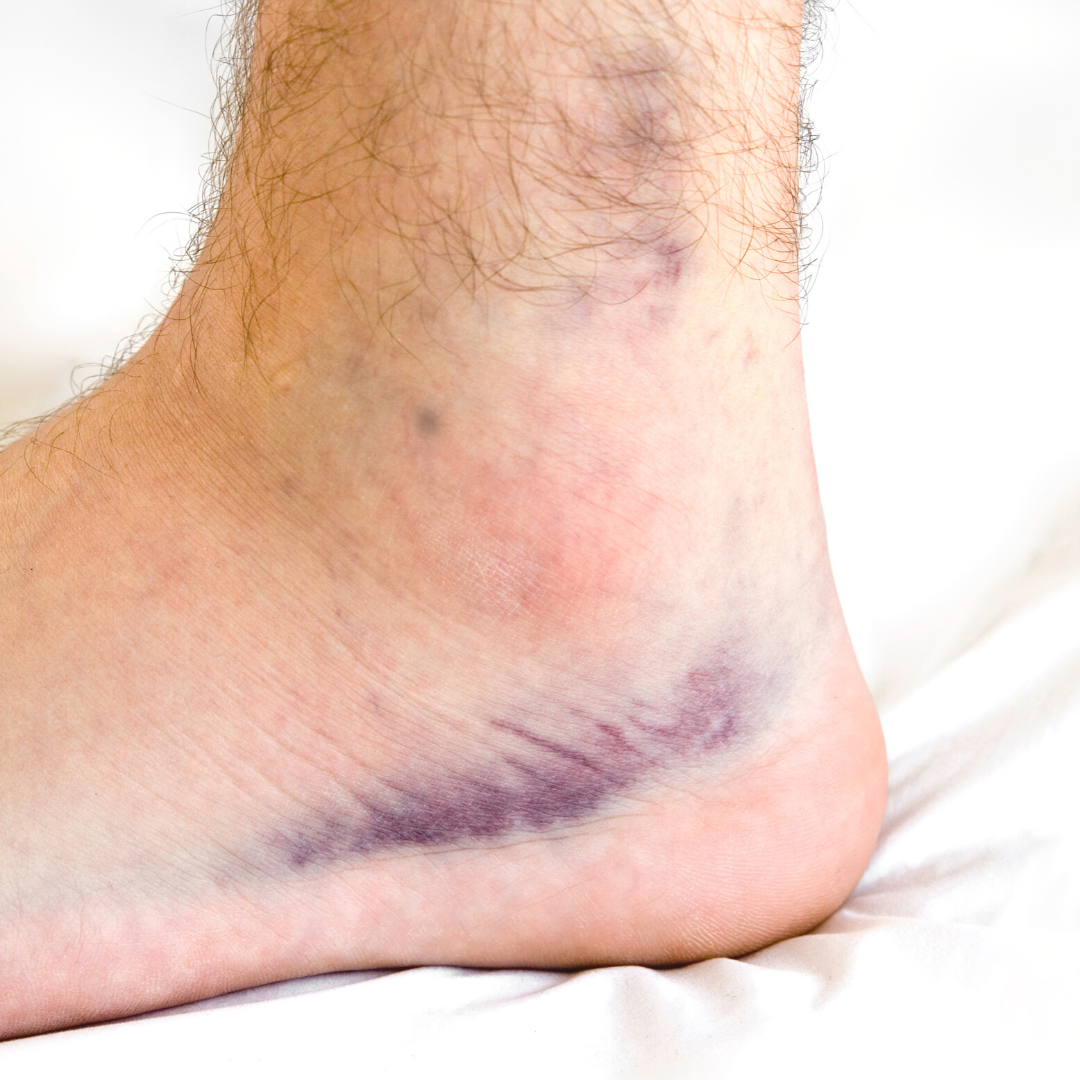R.I.C.E. is out! Here's how to optimize your recovery from a sprained ankle.
Sprained ankles are the worst.
With all that swelling it can be difficult or nearly impossible to walk. Not only are you benched from your sport or activity for at least several weeks, but it also might be months until you’re back to your “normal” again.
Whether you are a high school athlete, a dad who likes to play pick up basketball, or a 65-year-old woman training for your first 5K, the last thing you want is an ankle sprain.
RICE for Ankle Sprains
R. I. C. E. (Rest, Ice, Compression, and Elevation) has been the gold standard for sports injuries for decades. But is it really the best way to treat a fresh ankle sprain?
The evidence to support RICE is dicey at best.
Sure, lots of rest and ice packs will make an acute sprain feel better temporarily, but by babying a new injury on the front end, you can actually delay your recovery and make it difficult to regain full mobility and strength.
We think there’s a much better way.
MILD — A better alternative to RICE
The next time you, a friend, or loved one sprains an ankle, instead of RICE, think MILD. We know it’s not sexy, but it works!
Here’s what MILD stands for:
MOBILIZATION — Mobilizing the sprained joint in the non-sprained direction can help to quickly decrease
pain AND encourage more blood flow to the injured area.
INCREASE INFLAMMATION — Inflammation is a good thing, it's how our body heals! Early dry needling and tool work (scraping therapy) can help to increase inflammation, relieve pain, and promote faster healing.
LOAD THE JOINT — Rest, compression, and elevation are out, and appropriate loading is in! Loading our joints (like by bearing weight and walking) helps to flush out stubborn swelling, which, you guessed it, helps to improve blood flow. Appropriate load also helps to strengthen injured ligaments and
muscles. Stronger tissues mean a lower risk of reinjury and a faster return to your activity or sport! Who doesn’t want that?
DON'T BRACE IT — Bracing with a boot or wrap keeps your joints and muscles from moving. While that might initially feel better, it can lead to joint stiffness and weaker tissues. So for most sprains and strains, don’t do it!
It might seem counterintuitive that chiropractors could help with your sprained ankle. Why would you adjust a sprain? While we DO NOT adjust in the direction of the sprain, we can mobilize other areas of the foot that aren’t moving enough to take load off the injured ligaments. That, together with dry needling, tool work, taping for lymphatic drainage, and appropriate loading, we can shorten your recovery from months to weeks!
Next time you have a sprain, forget RICE and think MILD. MILD is as plain as RICE, but it works!
Van den Bekerom MP, Struijs PA, Blankevoort L, Welling L, Van Dijk CN, Kerkhoffs GM. What is the evidence for rest, ice, compression, and elevation therapy in the treatment of ankle sprains in adults? J Athl Train. 2012;47(4):435-43. doi: 10.4085/1062-6050-47.4.14

